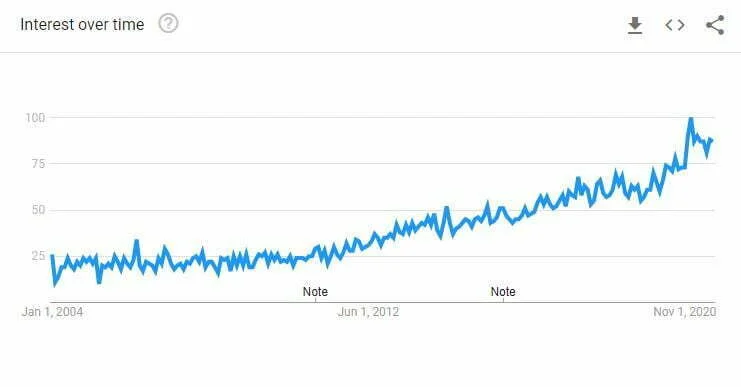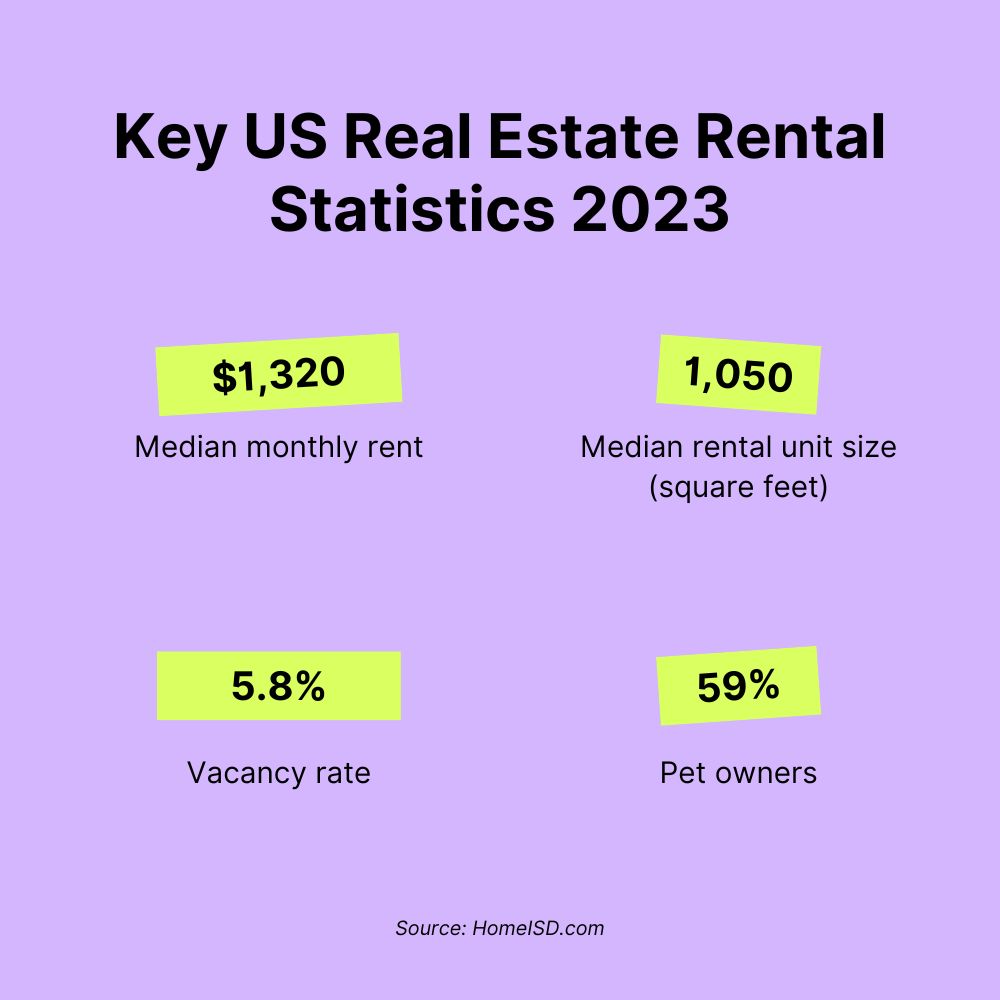Last updated on
For the average family, showering adds up to over 40 gallons of water per day (which accounts for 17% of all residential indoor water use). It’s enough to supply New York and New Jersey with water for a year.
WaterSense-labeled showerheads are designed to reduce flow rates by as much as 50% compared to standard models while still providing excellent performance. They also feature low-flow aerators which help prevent scalding when hot water temperatures exceed 120 degrees Fahrenheit. The result: less wasted water and lower bills.
Interest in Showerheads Over Time

The interest in showerheads according to Google Trends is growing rapidly year over year. The preferred term that users search is “shower heads”.
Federal Mandated GPM Limit for Showerheads
Your new showerhead cannot exceed a 2.5 GPM limit to comply with the federal mandate of 1992. This is an important fact because it means that you can’t buy any old showerhead off the shelf at your local hardware store or big-box retailer.
The reason why we need these limits in place is simple; if there were no restrictions on how many gallons of water could be used each minute then people would just keep using more and more water every time they took a bath or showered.
Furthermore, some states have even stricter requirements reaching 1.8 GPM (Hawaii and Washington).
WaterSense-labeled GPM
The WaterSense label requires that water-saving showerheads use no more than 2.0 gallons of water per minute. The Water Sense label ensures that these products provide a satisfactory shower that is equal to or better than conventional showers on the market. The criteria for water coverage and spray intensity were developed by the EPA with consumers in mind. Water-efficient showerheads must be independently certified to ensure they meet EPA water efficiency criteria.
Water Saving
Water-saving showerheads are trending. The average family could save 2,700 gallons a year if they installed Water Sense labeled showers. Water savings will reduce demands on water heating systems, and they will also save energy. The average family could save 330 kilowatt-hours of electricity annually, enough to power a home for 11 days.
We could save more than $2 billion in water utility bills and 260 billion gallons of water annually if every home in the United States had WaterSense labeled showerheads. We could avoid about $2.5 billion in energy costs.
How Much Water a Househols Uses to Shower?
A typical household takes between 15 to 20 minutes to take a shower. At 2.5 GPM, that’s over 40 gallons of water per day.
How Much Water Does a Showerhead Save?
The water-saving showerhead that uses 1.5 gallons per minute can save more than 8 gallons of water for an average 8-minute shower compared to a 2.5 GPM showerhead. That’s more than 2,900 gallons per person in the household per year.
Is 1.75 GPM Enough for a Shower?
The EPA recommendation for water-saving showerheads is no more than 2 GPM, so 1.75 GPM is enough for a shower. Many water-saving showerheads use 1.5 GPM.
The Average Shower Length
The average shower lasts 8 minutes, according to the CDC. That means an average shower can use up to 40 gallons of water.
Flow Rate of Average Showerhead
An average flow rate of 2.2 GPM was found in the Seattle study.
What Consumers Want
The preferences of consumers have been analyzed by manufacturers. Moen has found that 66% of consumers wanted more water flow, and 60% wanted more water pressure.
Recap



